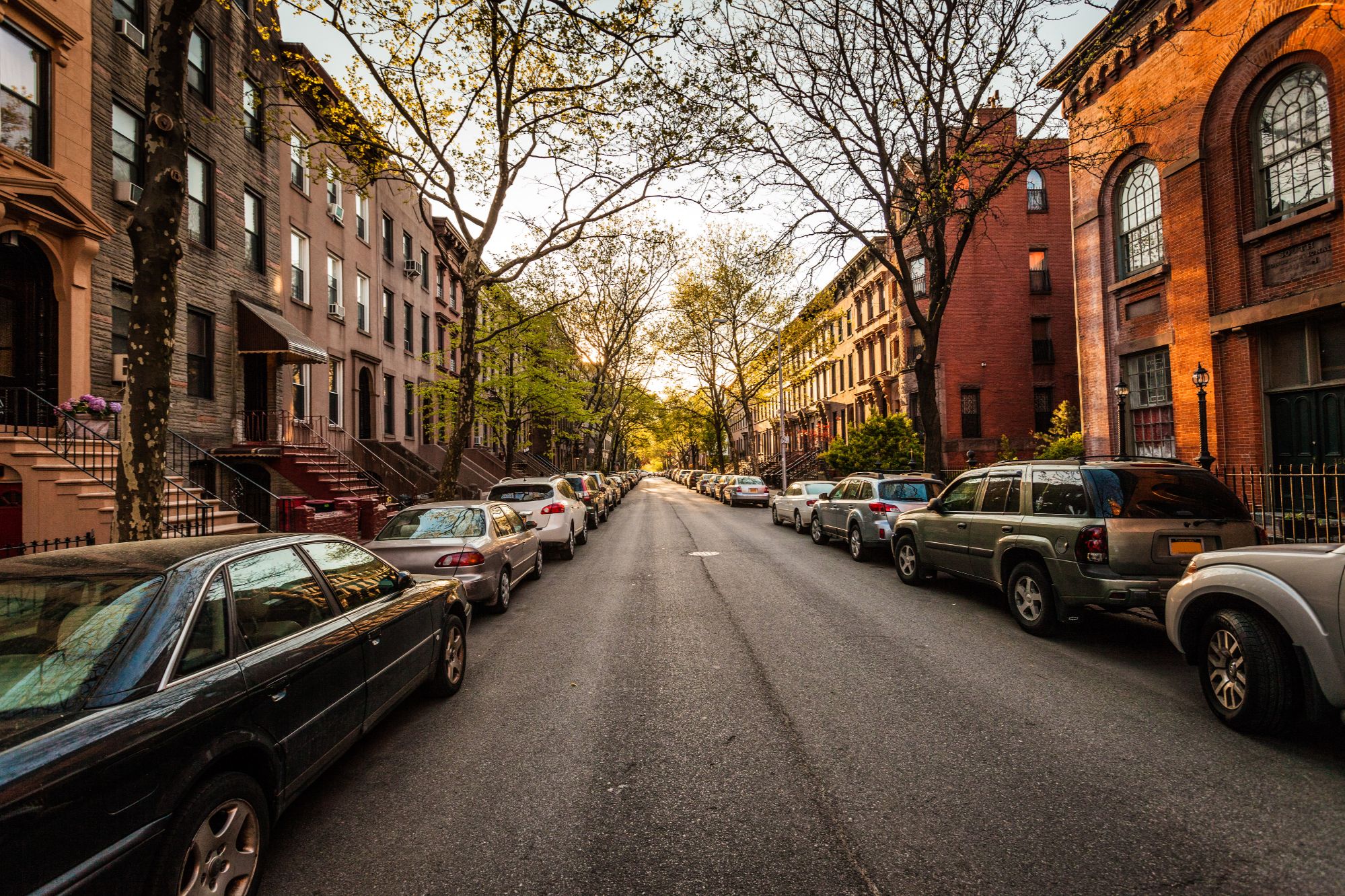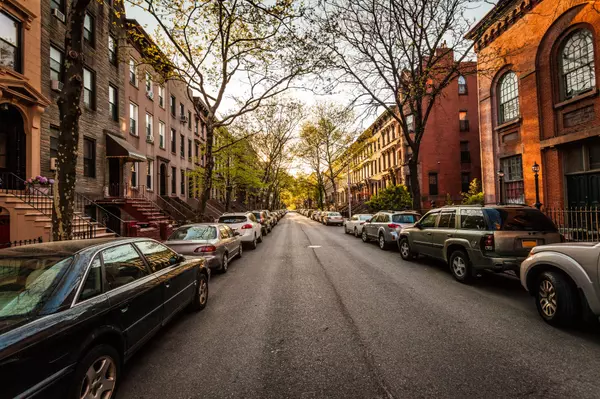From Basement to Bonus Unit: How NYC’s New ADU Laws Could Reshape Housing and Homeownership

New York City is stepping into a new era of housing innovation — and it’s happening right in our backyards.
With the passage of Local Laws 126 and 127 of 2024, the city is officially embracing Accessory Dwelling Units (ADUs) — small, self-contained homes added to or within existing one- and two-family properties. For decades, basement apartments, garage conversions, and “granny flats” existed in the shadows, often built without permits or safety standards.
Now, for the first time, NYC has created a legal path to bring these homes into the light — giving homeowners, renters, and investors a chance to participate in one of the city’s most transformative housing movements in recent history.
This isn’t just about adding rental units — it’s about expanding opportunity, easing affordability pressures, and reshaping how New Yorkers think about property ownership.
What Exactly Is an ADU?
An Accessory Dwelling Unit (ADU) is a smaller, independent living space located on the same property as a primary home. It could be in a basement, attic, over a garage, or as a detached backyard structure.
The key difference now is that NYC’s new laws provide a clear legal framework for creating and renting these units safely. Homeowners can finally build or legalize them without risking fines — and renters can finally live in them without fear of unsafe conditions.
Why This Matters for NYC’s Housing Future
For a city long challenged by housing affordability and space limits, ADUs offer a strategic solution. They add homes without new high-rises — increasing supply, stabilizing rents, and preserving neighborhood character.
By enabling homeowners to build legal secondary units, New York can create more housing choices, strengthen affordability, and support sustainable growth across every borough.
How Legal ADUs Expand New York City Homebuyers’ Purchasing Power
For years, lenders have offered mortgage programs that count rental income from an ADU toward qualification. The problem? New York simply didn’t have enough legal ADUs for buyers to choose from.
Even though lenders could count income from a secondary unit — legal or not — the limited supply left first-time buyers with few real options.
Now, with NYC’s new laws, buyers can leverage projected ADU rent to qualify for larger loans.
Example:
A buyer who qualifies for a $600,000 mortgage on salary alone could, with an extra $2,000 in monthly ADU rent, qualify closer to $800,000 – $850,000 depending on debt-to-income ratios.
That’s the difference between settling and securing the home that truly fits your needs. It’s not just about buying more house — it’s about buying smarter.
Where the Limits Are
NYC’s new ADU laws open up opportunity — but not every home will qualify.
- 1 Unit Per Home: Only one ADU per one- or two-family property, and the owner must live on site.
- Size: Up to 800 sq ft or one-third of the home’s floor area.
- Entrance: Must have a separate, code-compliant entrance.
- Basements: Require at least 7 ft ceiling height, ventilation, natural light, and two exits.
- Historic Districts: Backyard ADUs aren’t allowed.
- Zoning: Not permitted in R1-2A, R2A, or R3A zones (outside the Greater Transit Zone) or parts of Bay Ridge.
- Flood Zones: No sub-grade ADUs in FEMA or DEP flood-risk areas.
- Garages: Garage conversions are allowed. They aren’t classified as backyard ADUs under Zoning 12-10 if they meet building and fire-safety codes.
Move Intelligently Tip:
Check your zoning, flood-zone, and historic-district status before designing your ADU.
If you’ve got a garage — that could be your fastest path to a legal unit.
Who Stands to Gain Most
For Renters
Renters stand to benefit immediately.
As more homeowners create legal secondary units, renters will see more housing options in neighborhoods that once had few. The extra supply helps slow rent increases across the city, especially in boroughs where scarcity has driven prices up.
For many New Yorkers, ADUs offer a middle ground between expensive apartment living and the comfort of smaller, community-based homes.
For Homeowners
Homeowners gain a new way to build wealth without selling or moving. A legal ADU can generate consistent rental income, offset property taxes or mortgage costs, and raise property value.
Beyond income, ADUs offer flexibility — housing for family members, space for aging parents, or a private office or studio. They allow homeowners to adapt to life changes while strengthening financial stability.
For Investors
Investors can now reimagine small-scale properties as multi-unit income assets within city compliance. Legal ADUs improve appraisals, expand financing opportunities, and create long-term equity growth.
Early adopters will be well-positioned to benefit from future zoning incentives, rising rental demand, and the growing need for sustainable urban housing.
The Bottom Line
NYC’s ADU laws are more than a zoning update — they’re a blueprint for smarter growth.
They give renters more choice, homeowners more income potential, and buyers greater purchasing power.
Whether you’re a homeowner, first-time buyer, or investor, understanding these new rules now gives you a head start in a fast-changing market.
The real estate market rewards those who Move Intelligently.

